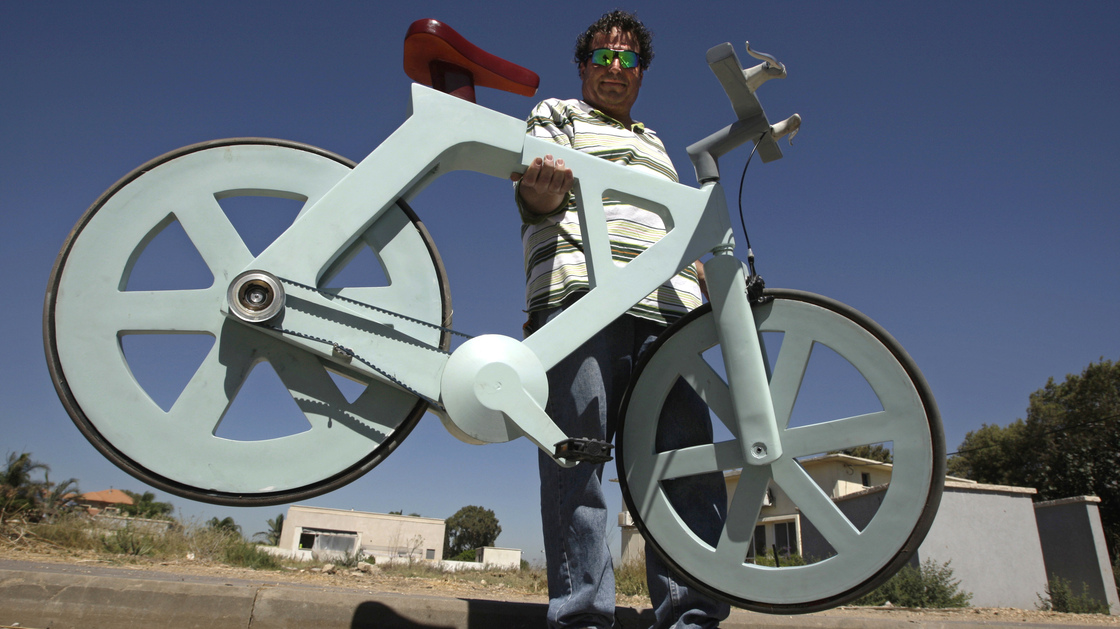One morning a few years back Roman Stocker was watching his cat, Cutta Cutta, drink, and began to wonder about the mechanism by which cats lap fluid into their mouths.
For Stocker, an associate professor in the Department of Civil and
Environmental Engineering at the Massachusetts Institute of Technology,
the thought was not an idle one. After investigating the mechanism via
high-speed videography, experimental simulation and research on other
feline species with visits to zoos and YouTube, Stocker and his colleagues have now produced a scientific description of cats' lapping mechanism. Their study was published online November 11 in the journal Science.
"There is an increase in interest in taking inspiration from nature to
look for solutions to physical problems," Stocker says. Watching Cutta
Cutta lap, he says, made him realize "there was probably an interesting
biomechanical problem there." A cat's curious method of lapping, which
involves bending the tip of its tongue downward toward its chin to pull
liquid into its mouth, had been explained in general terms but had not,
apparently, been investigated in scientific detail.
"It was certainly surprising" that the mechanism had not been more fully explored, says M.I.T. engineer and study co-author Pedro Reis.
The new work builds on that of another M.I.T. engineer, Harold
Edgerton, who pioneered stroboscopic (strobe light) photography in the
1930s. In a short film about Edgerton's work, Quicker 'N a Wink,
which won the Academy Award for best one-reel short of 1940, high-speed
videography shows a cat bending its tongue downward and pulling liquid
up and into its mouth. Edgerton "saw something interesting about cats'
lapping, but no one did any work since him," Reis says.
Having provided the inspiration, Cutta Cutta made a logical subject for
detailed observation. "The first thing we did was take high-speed movies
of my own cat," Stocker says. Movies of Cutta Cutta and other house
cats at an animal shelter showed that cats do not dip their tongue into
the liquid to scoop up water,
as dogs do in lapping. Rather, a cat touches its tongue, with tip bent
downward, against the surface of the liquid before drawing its tongue
rapidly back into its mouth. Liquid at the surface rises with the
retreating tongue, which pulls it up into a column of fluid. The cat
then traps that liquid in its mouth, swallowing only after several laps
have accumulated a significant volume of fluid in its mouth.
To uncover the physical principles at work, the researchers used a
robotic system with a round glass disk, mimicking the tip of the feline
tongue, that could be placed on a liquid surface and rapidly pulled
upward [see video below]. "You can't tell a cat, 'Please lap at
a different frequency,'" Reis says. "So we developed a mechanical,
robotic version of the cat's tongue." He notes that it was a challenge
just to mimic the tongue's quickness, which can rise at speeds nearing
one meter per second. "To do that experimentally is not so easy," Reis
says.
The feline films and the simulation revealed that fluid inertia is the
prime mover in forming the column of liquid that rises with the tongue
into the mouth. When the tongue leaves the liquid, adhesion pulls fluid
with it from the surface, and inertia causes more liquid to follow.
Gravity acts against the upward motion of the column, eventually
pinching it off at a certain height. To trap the most liquid in its
mouth, the researchers found, a cat should close its mouth around the
column just before gravity pinches it off—a strategy that house cats, at
least, seem to have internalized.
Numerically, each cat has an optimal drinking frequency—say, four laps
per second—and the researchers' analysis showed that larger feline
species, which tend to have larger tongues and drink from greater
heights above the surface of the liquid, should lap more slowly to
maximize their intake. Specifically, the group predicted that the
lapping frequency should scale with the cat's mass raised to the power
of –1/6.
To check that theory, the group filmed a lion, a tiger, a jaguar and an
ocelot at the Stone Zoo in Stoneham, Mass., and the Franklin Park Zoo in
Boston. Then they hit YouTube, where countless individuals have filmed bobcats drinking in backyards or larger cats
glimpsed on safari slaking their thirst. "We realized that was a source
of information that we could use in a very simple way," Stocker says.
With six additional data points gleaned from those videos, the actual
lapping of various felines agreed well with the predicted scaling.
Turning to YouTube for data, although not exactly common for
major-journal studies, was a natural leap for the researchers to make.
"You pose a question, and you have to answer it," Reis says. "Whatever
tools you can grab to come to an answer, you go for it."
Pure curiosity, such as that inspired in Stocker by watching his cat
lap, can drive some very fundamental research, Reis adds. "Now we're
worrying about black holes and particle colliders and nanotechnology,
but there is a lot of science all around," he says. "When you stop for a
second, you realize you don't understand everything around you." And in
this case, Reis is careful to point out, curiosity did not kill the
cat—no animals were harmed in the making of this study.
Connect With Us on Twitter
Follow @NYTNational for breaking news and headlines.











